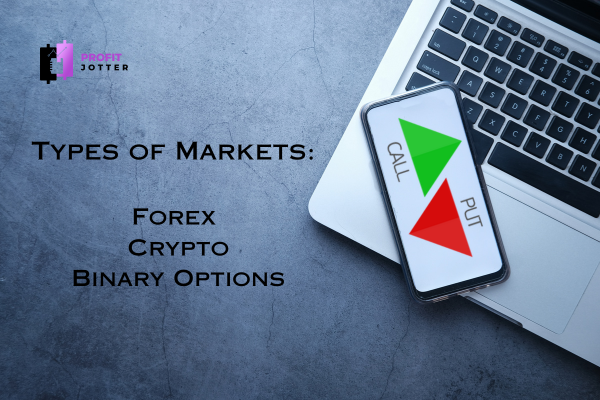Leverage is a powerful tool in Forex trading that allows traders to control large positions in the market with a relatively small amount of capital.
It’s a game-changer for those looking to maximize their potential returns, especially when starting with limited funds.
However, it’s crucial to understand how leverage works to avoid unnecessary risks.
This beginner-friendly guide will discuss the concept of leverage, explain how it’s calculated, its benefits and risks, and provide actionable tips to use it effectively.
Whether new to Forex or refining your skills, this article will clarify all you need to know.
Post Summary
- What is Leverage in Forex Trading?
- How Leverage Works
- Benefits of Leverage
- Risks of Leverage
- How to Use Leverage Responsibly
- Regulatory Environments and Leverage Limits
- Conclusion
A click on any of the subheadings opens up to its details.
Let’s dive in.
1. What is Leverage in Forex Trading?
In simple terms, leverage is borrowed capital provided by your broker to increase the size of your trading position.
Think of it as a way to use a small amount of money to control a much more significant sum.
For example, if a broker offers a leverage of 1:100, this means for every $1 you invest, you can trade with $100.
Leverage is expressed as a ratio (e.g., 1:10, 1:50, 1:100), and the exact amount available varies depending on:
- your broker
- the regulatory environment, and
- the type of account you open.
The ideal leverage depends on your experience level, trading strategy, and risk appetite.
Beginners are encouraged to opt for lower leverage while getting familiar with the market dynamics.
I explained how leverage works below.
2. How Leverage Works
Leverage is tied closely to margin, which is the amount you must deposit to open a leveraged position.
For example, if you’re using 1:100 leverage, you’ll deposit 1% of the total trade value as a margin.
If you’re trading $50,000, your required margin would be $500.
Imagine you have $1,000 in your trading account, and your broker offers 1:50 leverage.
With this leverage, you can open a trading position worth $50,000.
If the market moves in your favor by 1%, your profit would be calculated on the $50,000 position rather than your $1,000 investment.
This means that you will earn $500 instead of just $10.
However, the same logic applies to losses – if the market moves against you, you could lose significantly more.
3. Benefits of Leveraging
→ Amplified Profits: Leverage allows traders to make large gains even with a relatively small initial investment.
→ Accessibility: It provides retail traders access to opportunities that would otherwise require substantial capital.
→ Efficient Use of Capital: You can reserve a portion of your funds while still participating in the market with a significant position size.
4. Risks of Leverage
→ Amplified Losses: Just as leverage can multiply your profits, it can also magnify losses. A small unfavorable market movement could wipe out your entire account.
→ Margin Calls: If your losses exceed a certain threshold, your broker may require you to deposit more funds to maintain your position.
→ Overtrading: The ease of entering large trades with leverage might tempt beginners to take on excessive risks.
5. How to Use Leverage Responsibly
→ Understand Your Risk Tolerance: Assess how much you are willing to lose and trade accordingly.
→ Use Stop-Loss Orders: These automatically close a trade if it moves against you beyond a certain point, limiting your losses.
→ Start Small: Beginners should use low leverage (e.g., 1:10) to minimize risks while learning.
→ Educate Yourself: Learn about market analysis, risk management, and the broker’s margin requirements.
6. Regulatory Environment and Leveraging Limits
In some regions, regulatory bodies impose limits on leverage to protect traders.
For instance:
- The European Securities and Markets Authority (ESMA) limits leverage to 1:30 for major currency pairs.
- In the U.S., leverage is capped at 1:50 for retail forex traders.
7. Conclusion
Leverage in forex trading is a powerful tool that amplifies your potential to earn profits while equally magnifying the risks involved.
As a beginner, it’s essential to grasp how leverage works and align its usage with your trading strategy, risk tolerance, and market knowledge.
When used wisely, leverage can help traders with smaller capital take advantage of lucrative market opportunities.
However, the improper use of leverage can lead to significant losses.
So understanding the balance between potential rewards and associated risks is key.
By starting with low leverage ratios and gradually scaling as your expertise grows, you can minimize potential pitfalls.
Leverage is not about gambling – it’s about precision, discipline, and proper money management.
Equipped with the knowledge shared here, you’re better positioned to start using leverage in your trading.




